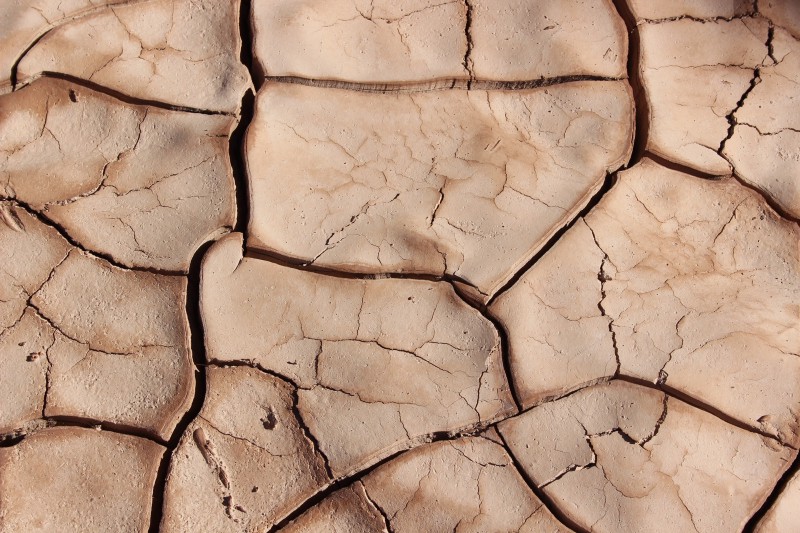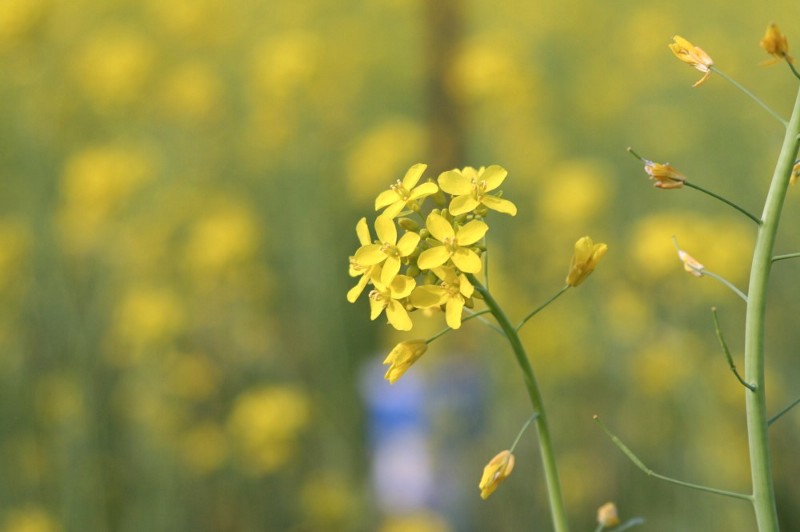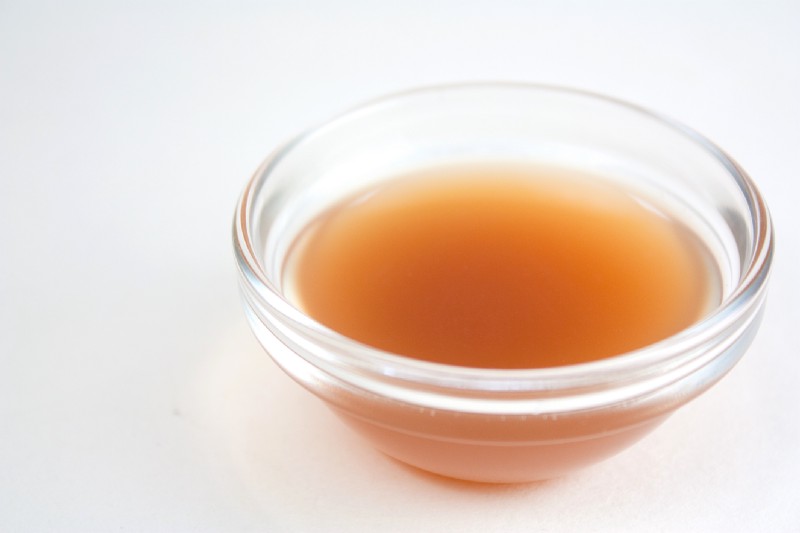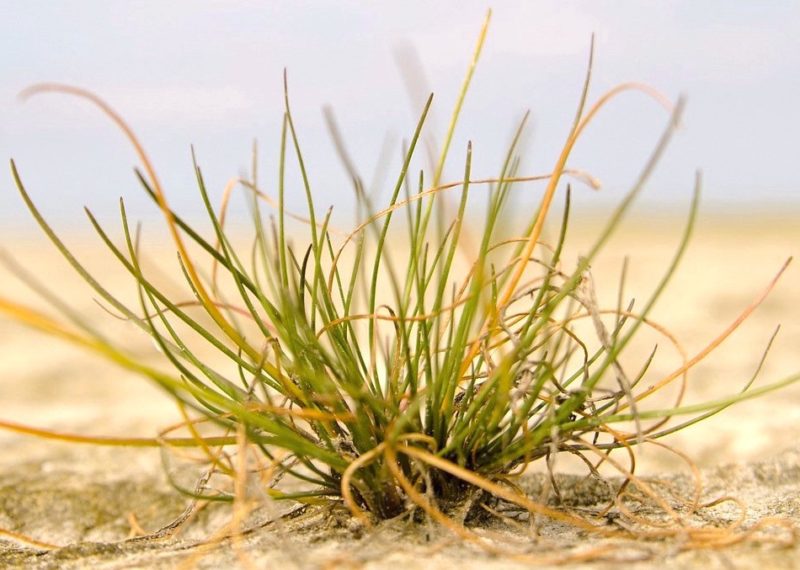Scientists have found a surprising way to help plants cope with drought. Grow them in vinegar.
It seems counterintuitive, since vinegar — famous as a pesticide and cleaner of coffee pots and toilets — can kill plants. But in diluted quantities, researchers found it can induce greater drought tolerance. While their experiments were limited to one plant species, they believe the vinegar could help a wide variety of plants, including food crops, deal with drought. The implications for global food security could be significant.
“People will be able to keep and save crops, green resources and water on the field and in the backyard,” said Jong-Myong Kim, a scientist at the RIKEN Center for Sustainable Resource Science in Japan and author of a new study published in the journal Nature Plants. Moreover, “people can purchase acetic acid all over the world, and the price is very cheap.”

Drought is one of the most devastating consequences of climate change. It can cause crops to wither and die, forests to burn, and water resources to dwindle. In wealthy countries like the United States, drought can stunt productivity. In developing nations, like Somalia, it can lead to famine.
Researchers wanted to find out why certain plants — in this case, a mutated strain of the Arabidopsis plant — demonstrated a natural resistance to drought and could grow normally through long periods without water. The small flowering plant is a member of the mustard family, which includes cabbage and radish. It has been a favorite subject of study for biologists since its genome was sequenced in 2000.

Scientists found a mutation in these plants that altered an enzyme called HDA6 (histone deacetylase6), which affects the plant’s production of acetate, the main component of vinegar. When testing normal strains of the plant under drought stress, they found that HDA6 activated a pathway that manufactures acetate. In the mutated plants, the plants produced even larger amounts of acetate.
Further analysis showed the HDA6 enzyme controls what plants metabolize. Normally, plants break down sugar for energy, but in time of drought, they switch to acetate. Scientists concluded that plants producing more acetate were better equipped to handle drought, and they wondered whether increasing the amount of acetate would enhance the plants’ ability to withstand drought.
The team grew normal plants in drought conditions in the lab, treating them with either acetic acid, other organic acids or water. After 14 days, more than 70 percent of the plants treated with vinegar had survived, while virtually all of the other plants had died.

Equally important, the scientists found that this process could be set into motion by modifying which genes were expressed, rather than by modifying the genes themselves. The relevant gene was also found in crops such as maize, rice, rapeseed and wheat.
Kim is designing larger field studies with other plant species to test his theories. “I am discussing this with farmers now,” he said. “We need to find the best way to apply the acetic acid technique, depending on plant species, soil condition, water content, climate and so on.”
Scientists have studied drought-resistant plants and experimented with genetically modifying others. Genetic modification can be costly. If vinegar proves effective, it could become an inexpensive and readily available way for farmers around the world to keep their crops alive and growing during times of persistent drought.
“We must … develop simple and less expensive technologies because genetically modified plants are not available in all countries,” Kim said. “Acetic acid is such a simple and basic biological compound that could have a key role in drought tolerance.”
He added: “Although we need more intensive and extensive experiments in the lab and the field, there is really good potential for this to become widespread all over the world.”
Marlene Cimons writes for Nexus Media, a syndicated newswire covering climate, energy, policy, art and culture.

